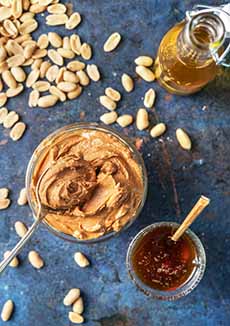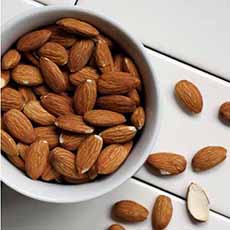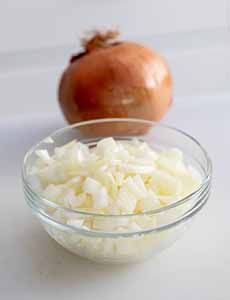|
Fortune cookies may not be authentically Chinese, but that doesn’t mean you can’t have fun making them at home for the Lunar New Year. For the Chinese New Year, a.k.a. the Lunar New Year, which begins on February 1st, why not make fortune cookies at home?
In addition to making tastier cookies than you get at restaurants, you get to write your own fortunes.
National Fortune Cookie Day is July 20th, but why wait until then?
In addition to the Lunar New Year, Valentine’s Day is coming up. You can probably come up with some choice Valentine fortunes.
Here’s a recipe to make fortune cookies at home.
If you’d feel more comfortable with a kit (photo #2), or you’d like to give one as a gift, head here.
Fortune cookies are more than a snack to crack open for the fortune inside.
> Here are other things to do with fortune cookies.
> How about a green tea fortune cookie cake?
> Or a fortune cookie cocktail?
> The history of fortune cookies.
> The different types of cookies.
> The history of cookies.
WHAT IS THE LUNAR NEW YEAR?
The Chinese calendar, also called the lunar calendar, is a lunisolar calendar, i.e., it’s based on the movement of both the moon and the sun.
Because the track of the new moon changes from year to year, the Chinese/Lunar New Year can begin anytime between late January and mid-February.
This occasion is a traditional festival celebrated by many East Asian cultures. It marks the beginning of the lunar calendar year and is one of the most significant and widely observed holidays in East Asia.
The event is marked not just in China and the rest of Southeast Asia, but across the globe. Who would pass up a celebration with all that great food—dumplings, noodles, spring rolls, and a long list of favorite dishes.
Marking the beginning of another lunar year, the festival lasts for more than two weeks: family reunions, prayers, and feasting, a five-day Lantern Festival, and a New Year’s Eve of reunions and gift-giving.
The tradition of spending the Lunar New Year holiday with family means that hundreds of millions of Chinese people (among other Asian groups) are traveling home to be with family. It’s the world’s biggest annual migration.
Separate from the holiday is the ascendance of the year’s reigning animal. Each new year brings with it an animal from the Chinese zodiac.
The Chinese zodiac is based on a twelve-year cycle. Each year in the cycle has an animal sign: the rat, ox, tiger, rabbit, dragon, snake, horse, goat/ram/sheep, monkey, rooster, dog or pig.
This approach is believed to have originated during a period in which animal worship was practiced in China.
THE HISTORY OF THE LUNAR NEW YEAR
The Lunar New Year, also known as Chinese New Year or Spring Festival, The history of the Lunar New Year dates back some 2,000 years and has deep cultural and historical roots, central to Chinese and other Asian cultures*.
The origins of the Lunar New Year can be traced back to ancient China, where it was closely tied to agricultural cycles. The festival is believed to have originated during the Shang Dynasty (c. 1600–1046 B.C.E.) with rituals and ceremonies to celebrate the harvest and pray for a good planting season.
Emperor Yao and Nian Monster. According to legend, there was a mythical beast called Nian that would come out to harm people and livestock on the eve of the New Year. The people discovered that Nian was afraid of loud noises and the color red.
This led to the tradition of using fireworks, firecrackers, and hanging red decorations during the festival.
The Chinese Zodiac. The Chinese zodiac, consisting of 12 animal signs, plays a significant role in the Lunar New Year. Legend has it that Buddha invited all the animals to join him for a New Year’s celebration, and the first 12 to arrive were each rewarded with a year in the zodiac cycle.
Thus, each year is associated with a specific animal and its characteristics.
It’s been in use for and As with western zodiac followers, people use it to determine their fortune for the year, romantic and business prospects, etc.
Here’s the difference between the two zodiacs.
This year (2022) is the Year Of The Tiger.
|


















